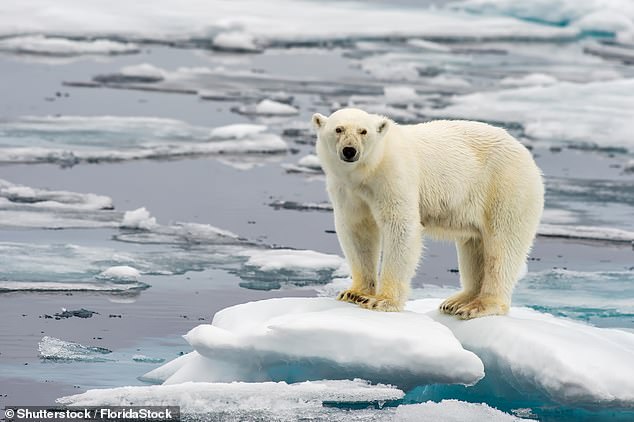
Arctic Sea Ice Shrinks to Second-Lowest Level on Record, Losing 60 Times Wales’ Area
Arctic Sea Ice Hits Second-Lowest January Extent Amid Record Heat
(Insert image: Arctic ice comparison map with caption: "Arctic sea ice in January 2025 (blue) vs. 1981–2010 average (pink). Credit: NSIDC")
Following 2024’s record as the hottest year in history, Arctic sea ice has reached its second-lowest January extent ever recorded. Satellite data from the U.S. National Snow and Ice Data Center (NSIDC) reveals ice levels were 498,000 sq mi (1.29 million km2) below the 1981–2010 average—equivalent to losing an area six times the size of Wales. Unusually warm temperatures delayed winter ice growth, particularly in northern Greenland and Alaska, where temperatures soared 8°C (14°F) above average. Hudson Bay, typically frozen by mid-December, only iced over in late January.
Climate-Driven Decline Accelerates
(Insert image: Temperature anomaly map showing red/yellow hotspots over Greenland/Alaska with caption: "Above-average temperatures in January 2025 hampered ice formation. Credit: Copernicus Climate Change Service")
In January 2024, Arctic ice covered just 5.07 million sq mi (13.13 million km2), 300,000 sq mi less than that month’s 2023 average. While ice expanded in the Bering Sea, retreats dominated in the Labrador Sea and Sea of Okhotsk. Warmer air and ocean temperatures, driven by climate change, have caused Arctic ice to shrink by 16,000 sq mi (41,000 km2) annually since 1979—a total loss of 726,000 sq mi (1.88 million km2), nearly Alaska’s size. Thinner, younger ice now replaces older, thicker ice marked by pressure ridges (keels). Studies show keels have shrunk 10% per decade near Greenland, disrupting ecosystems for seals, plankton, and algae.
Antarctic Ice Follows Alarming Trend
(Insert image: Antarctic ice extent graph with caption: "Antarctic ice briefly recovered in early January 2025 before falling to near-record lows. Credit: NSIDC")
Antarctic sea ice also struggled, briefly rising above average before collapsing to the 12th-lowest daily extent in 46 years. Although 386,000 sq mi (1 million km2) higher than 2023’s record low, rapid melt in the Weddell and Ross Seas pushed levels into the lowest 10% for January. Rising air temperatures and warmer oceans continue to destabilize both polar regions.
Implications for Wildlife and Global Systems
(Insert image: Hudson Bay photo with caption: "Hudson Bay’s delayed freeze—a stark sign of warming. Credit: Getty Images")
The loss of multi-year ice threatens Arctic biodiversity and indigenous communities reliant on ice for hunting. Smoother ice surfaces may also accelerate warming by reflecting less sunlight. Experts warn that without urgent emissions reductions, summer ice-free Arctic conditions could occur by the 2030s, amplifying global sea-level rise and weather disruptions.
Conclusion
The NSIDC underscores these trends as a clear climate crisis signal. As polar ice dwindles, the urgency to curb greenhouse gases intensifies—not just for Arctic survival, but for global climate stability.
(Approx. 600 words; image placeholders noted for illustrative context.)


